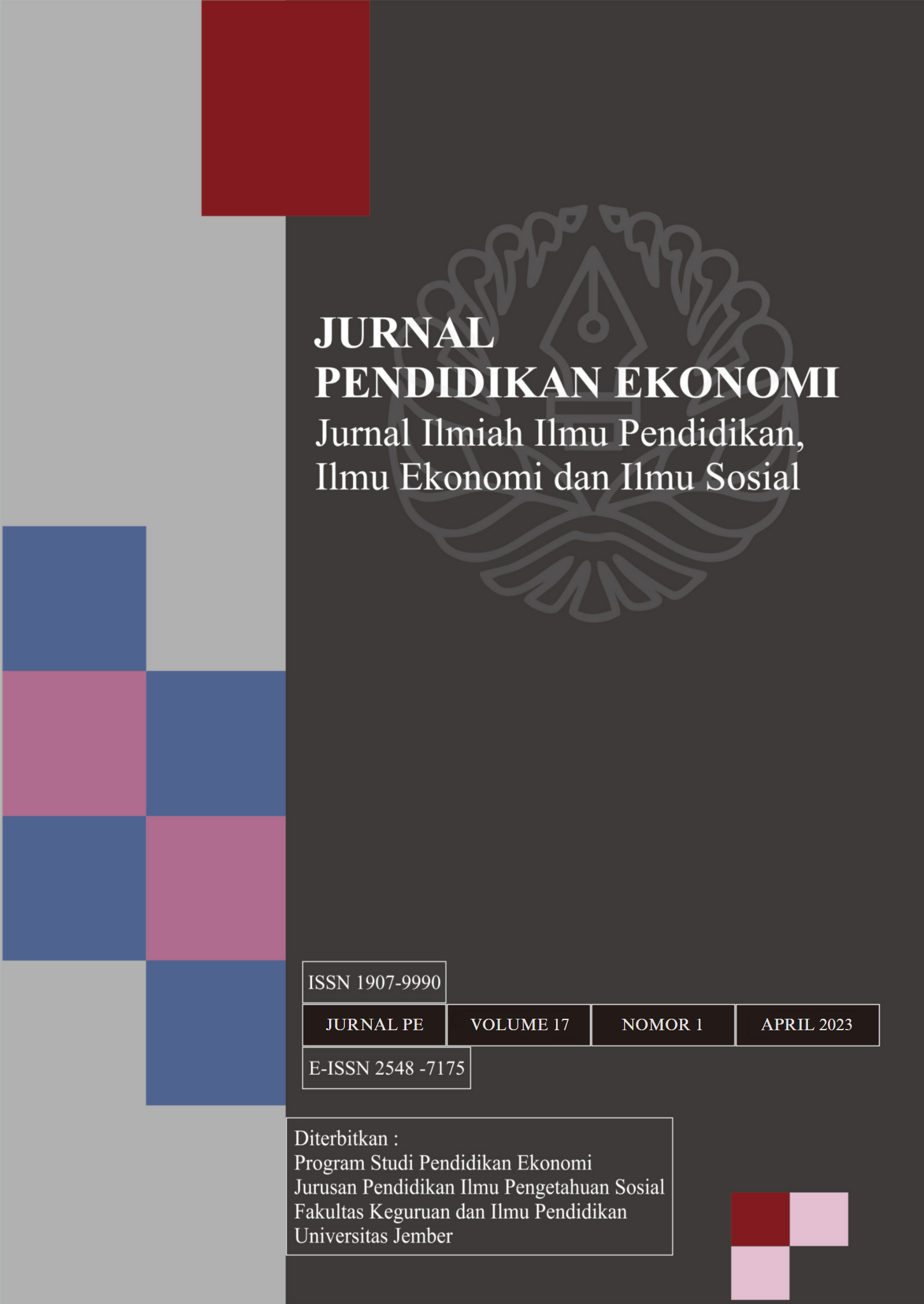A PERIORITY METHOD FOR VALUE FOR MONEY IMPELEMENTATION: USING THE AHP MODEL TO MAXIMIZE SCHOOL OPERATIONAL ASSISTANCE FUNDS
DOI:
https://doi.org/10.19184/jpe.v17i1.38835Keywords:
Analytical Hierarchy Process, Value For Money, School Operational Assistance, Vocational SchoolAbstract
Personnel expenses, investment expenditures, and operational costs are the three parts of the central government's support for education in Indonesia. The program has encountered a number of challenges since being put into place in 2005. To get over the difficulties, school managemnet absolutely must have an optimization tool. The primary issues with the allocation of these funds up to this point have been a lack of preparation and a lack of involvement from the school ecosystem, particularly in establishing the planning, planning papers, and the priority scale of the projects. Plans for programs and activities based on the BOS (School Operating Assistance) platform. The Analytical Hierarchy Process (AHP) model is a prioritization method that bases the priority scale on a comparison of each alternative with the others. The AHP model is a recognized decision-making tool that is effective but straightforward. Businesses, government, management, and educational sectors have all adopted this model. In this research, the BOS allotted funds in the current year were prioritized based on these specifications using the AHP model, allowing for the best possible absorption and effective implementation of Vocational School operations. The results of the research demonstrate how using AHP makes it simpler for school residents to give priority to spending money on educational activities. Managers can record strategic goals using the AHP model and prioritize the usage of funds based on weighted criteria. AHP can collaborate with various school stakeholders (principals, treasurers, teachers, committee, parents/guardians) to improve the standard and type of decision assistance used to raise academic achievement. The AHP model for planning the use of Regular BOS funding is practical to use and apply in every SMK, the researcher can conclude based on the findings of the aforementioned study.
Downloads
Downloads
Published
Issue
Section
License

This work is licensed under a Creative Commons Attribution-ShareAlike 2.0 Generic License.


